What housing material repels mosquitos, makes a stable foundation against natural disasters, acts like a thermal insulator and is the best natural disinfectant? You guessed it, poop! It’s a mood booster too.
Oh, and using poop makes home construction so much more environmentally sustainable.
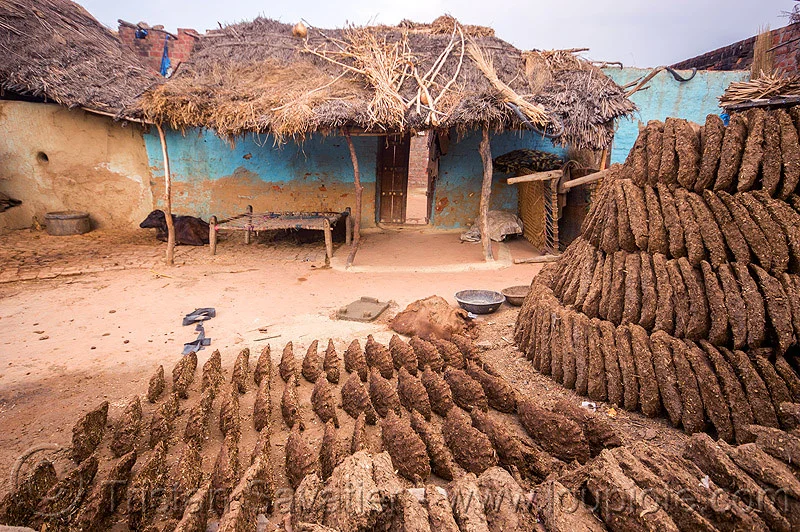
Living in a poop home may seem disgusting at first glance--but consider that fiberglass is potentially cancer-causing and is used in 90% of US homes.
When used as an insulator, poop isn’t that weird. People have been building with poop for thousands of years.
Don’t believe me? Here’s a look at homes around the globe made of some pretty good shit:
1/ Kassena Homes, Tiébélé, Burkina Faso, West Africa:
In Tiébélé, the structure and foundation of homes are made of soil mixed with straw and cow dung. They’re then adorned with beautiful murals depicting everyday life, religion and heritage.
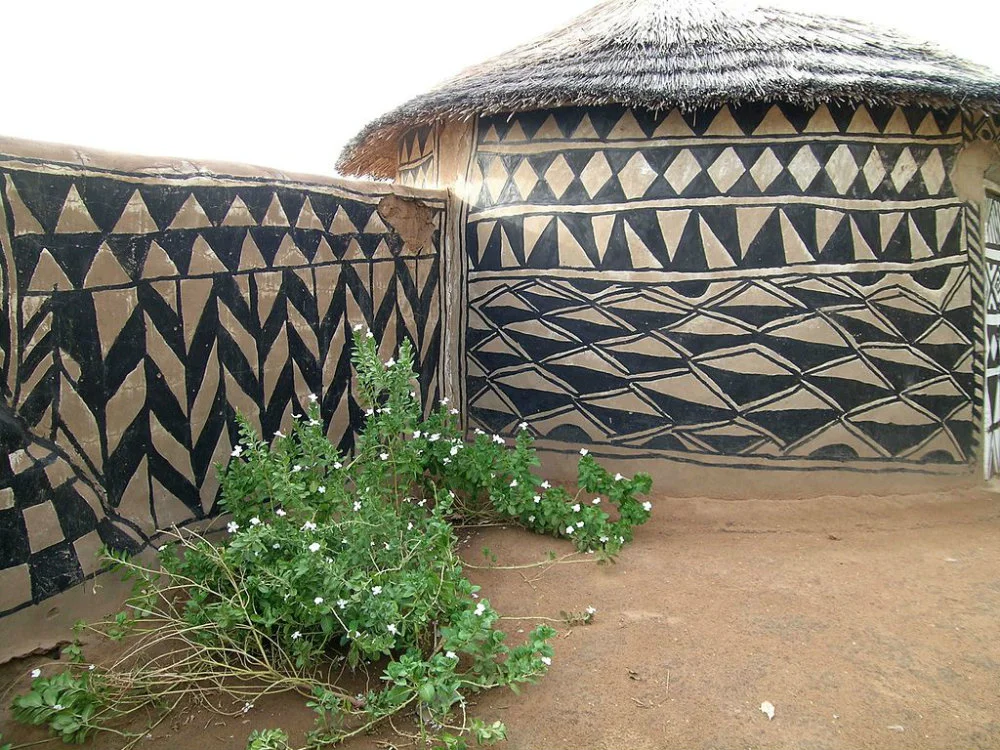
2/ Dung Floors and Dung Murals, Southern and Northern India:
India knows the secret in home cleaning (think no sweeping floors) and gorgeous exterior decorating. Poop.
In Southern India , it is common that dung is used to wax the floor. Dung Floor with Kolam drawings that are tributes to environmental co-existence.
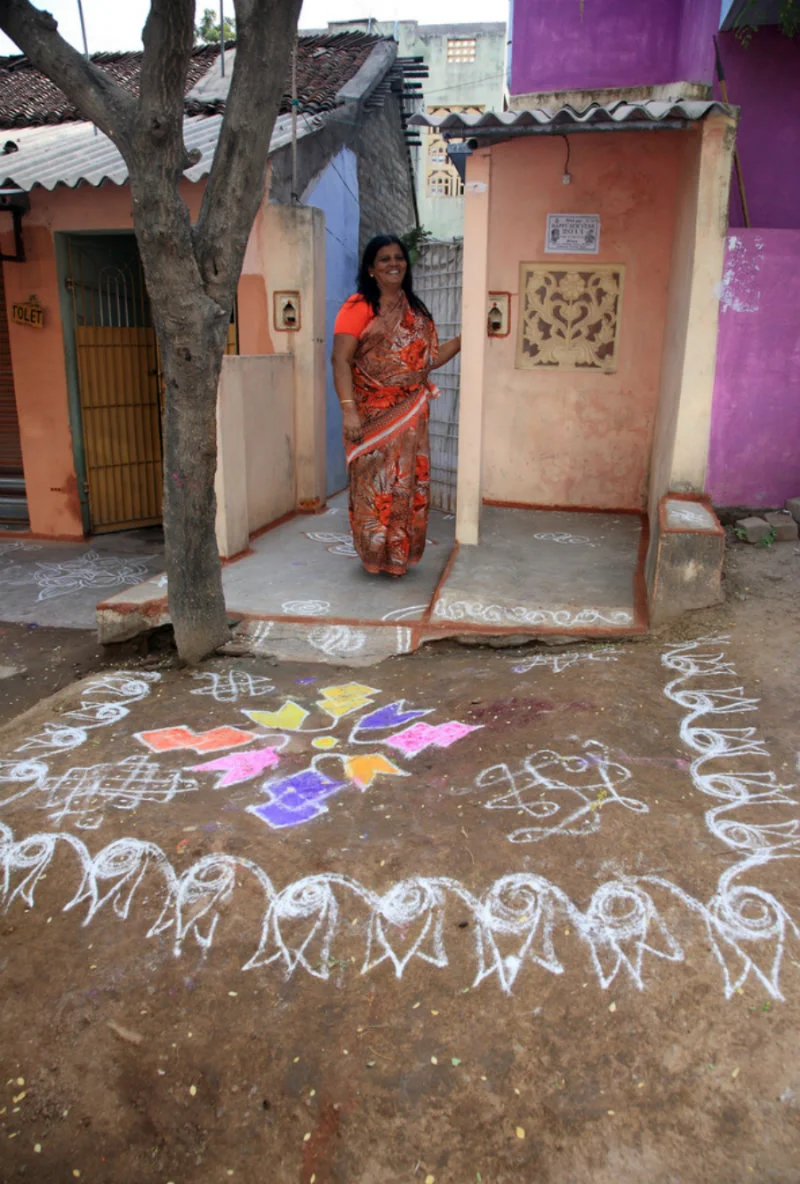
Mithila Wall Painting made with charcoal, clay and cow dung in Bihar, Northern India.
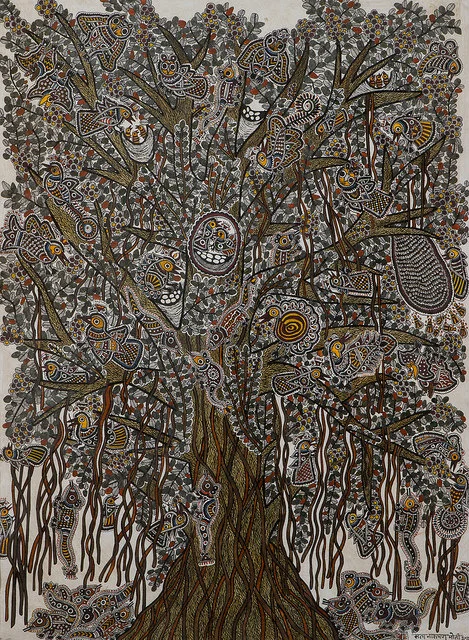
Still a skeptic of this shit? Consider this, older homes built pre-1978 were painted with lead-based paint linked to lead poisoning and water contamination. Coating your walls and floors with poop will benefit your health, acting a natural antiseptic and raise your serotonin (happiness) levels.
3/ Halepotras and Meghwals Roundhouses, Gujarat, India:
These homes can withstand sandstorms and cyclones. And what’s that? You don’t have to pay an air conditioning bill? Poop for the win!
Roundhouses of India withstand severe winds & seismic activity due to circular design & thick mud plaster http://t.co/lFyqkRNfIp
— Gordon McBrearty (@GordonMcBrearty) October 20, 2014Imagine not having to worry about air conditioning and heat.
Pretty sure they just turned on the AC in my office... pic.twitter.com/MXklx5f0ev
— Valerie Pritchard (@Val1128) January 6, 20164/ Roundhouses, Rural Nepal:
While roundhouses are warmer and more wind-resistant, today’s rectangular models make modern decorating easier (finally, a flat wall for a couch).
#DidUKnow: Many houses in rural Nepal are made of a mixture of cow dung, mud, sand, & clay. #HouseConstructionpic.twitter.com/Vt4OAxegfs
— My Home Builders Inc (@MyHomeBuilders1) October 15, 20155/ Beehive Houses, Harran Region, Turkey:
Now protected historical sites, these conical mud and dung homes are structurally sound with some dating back to biblical times.
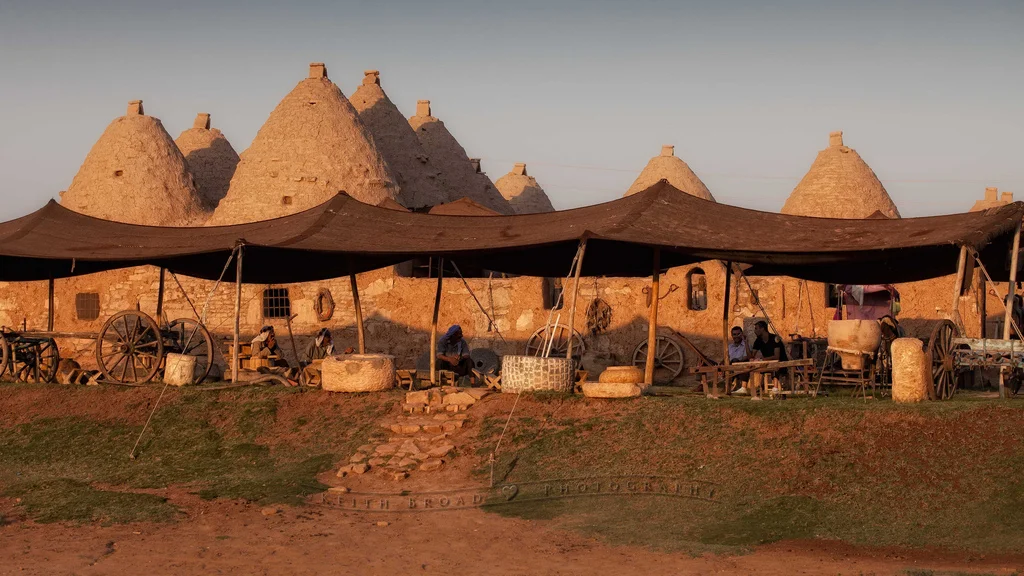
6/ Maasai Inkajijik ,Great Rift Valley, Southern Kenya/Northern Tanzania:
The Maasai’s loaf-shaped, Inkajijik (homes) are made of mud, sticks, grass, cow dung and cow urine. This combo repels mosquitos and keep dwellers cool.
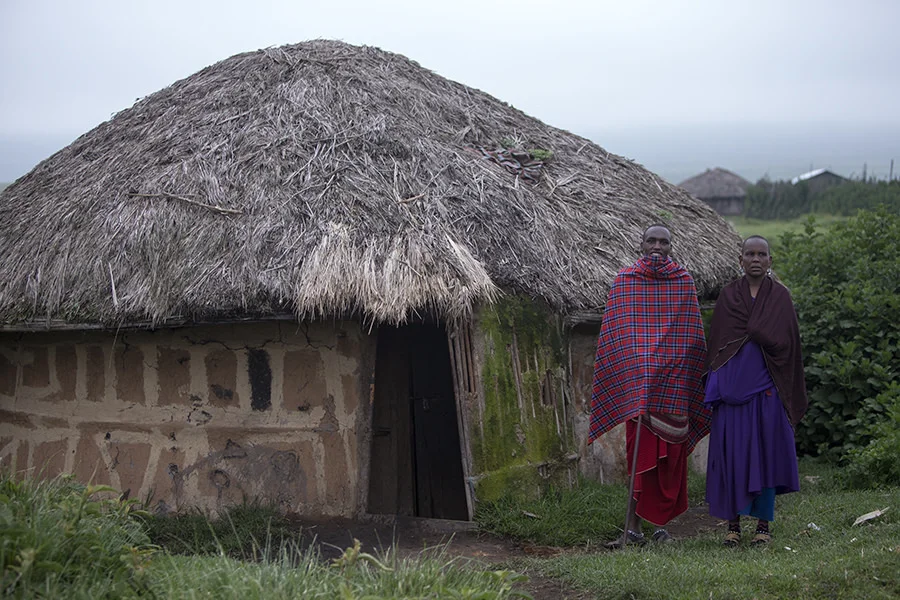
Summer is only six months away, imagine not having to wear bug spray like cologne...
These mosquitoes out here don't give a damn what kinda bug spray u use. They'll bite the shit outta u and wear the spray as cologne
— SubZero (@_Montyangelo) August 3, 2015or having to swat the flies away while you’re jamming out.
Seriously, though the main ingredients used in bug sprays can be harmful to you and to the environment. If you’re shaking your head ‘nah’, check out environmental queen, Rachel Carson’s book Silent Spring.
Pass the shit please.
7/ Wattle and Daub Homes, Angel Mound State Historic Park, USA:
While these homes are reconstructions of homes of Native American People’s settlements in the US 700 years ago, these wattle and daub homes are sturdy and climate controlled. Daub here means “poop plus another substance like sand or stone,” while wattle means a wood or grass frames.
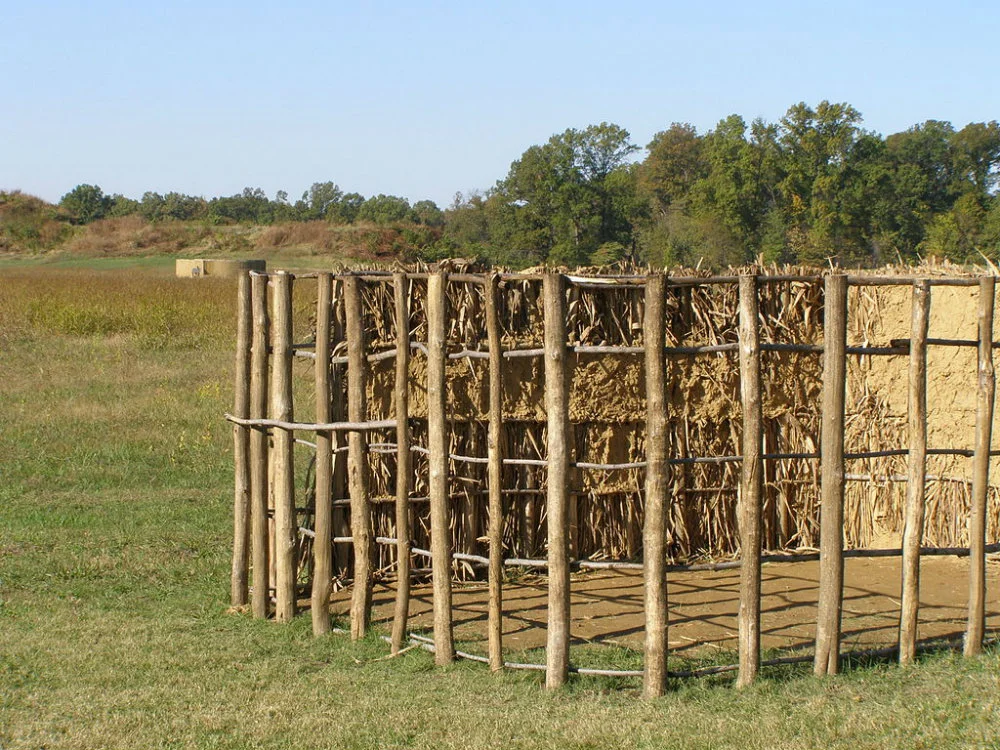
8/ British Roundhouse (Chalton, England, UK):
These wattle and daub (remember: poop and wood/grass) abodes have been constructed since Britain’s Iron Age (2,500 + years ago). Imagine how many generations have walked through this door frame.
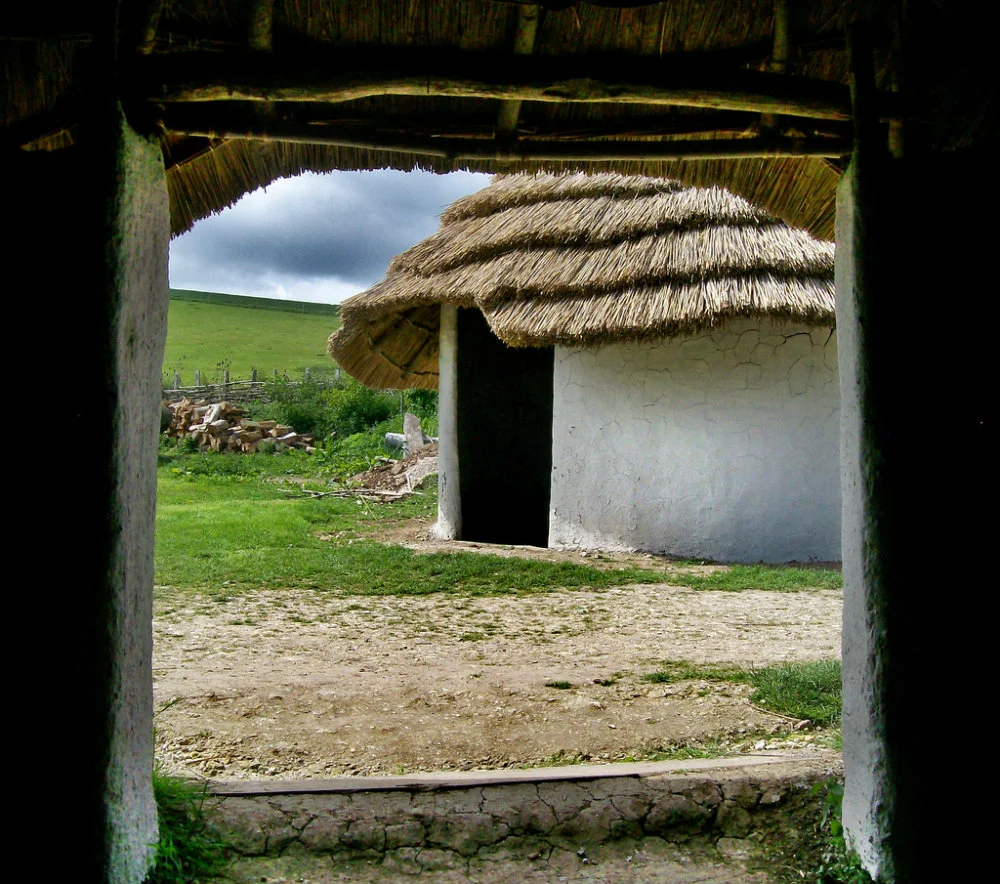
Today’s version of wattle and daub is stucco (a cement plaster) and piano wire. With homeowner complaints of wall decay five to seven years after installation, this modern update isn’t built to last.
This poor house had some serious stucco problems. pic.twitter.com/xYBlACtfO5
— Crash of Rhinos AZ (@CrashPaintingAZ) April 7, 2015Pretty sure this place could use some poop.
These structures are long lasting and co-exist with their environment. While you don’t necessarily need to use poop when you construct your dream home, or when you redecorate, as a Global Citizen you can be thinking of ways to accomplish Global Goal #12 and make your home a place of responsible consumption and production.
You can go to TAKE ACTION NOW to make Global Goal 12 your New Year’s resolution.